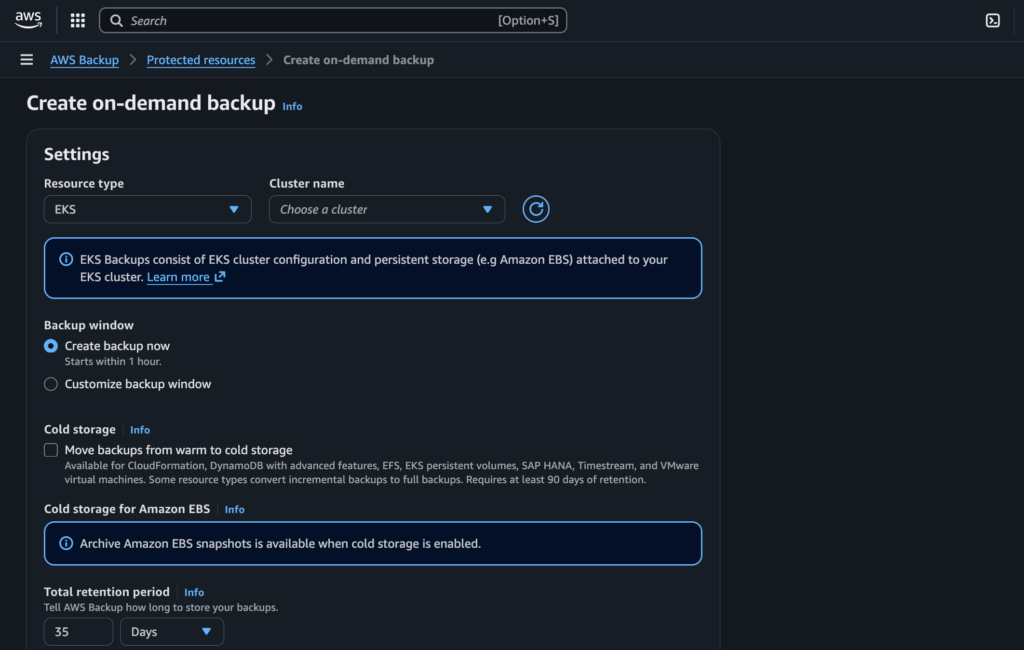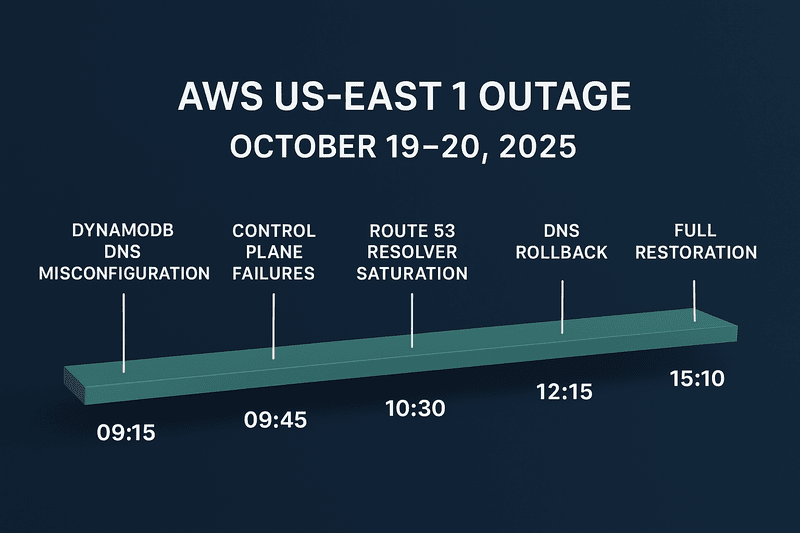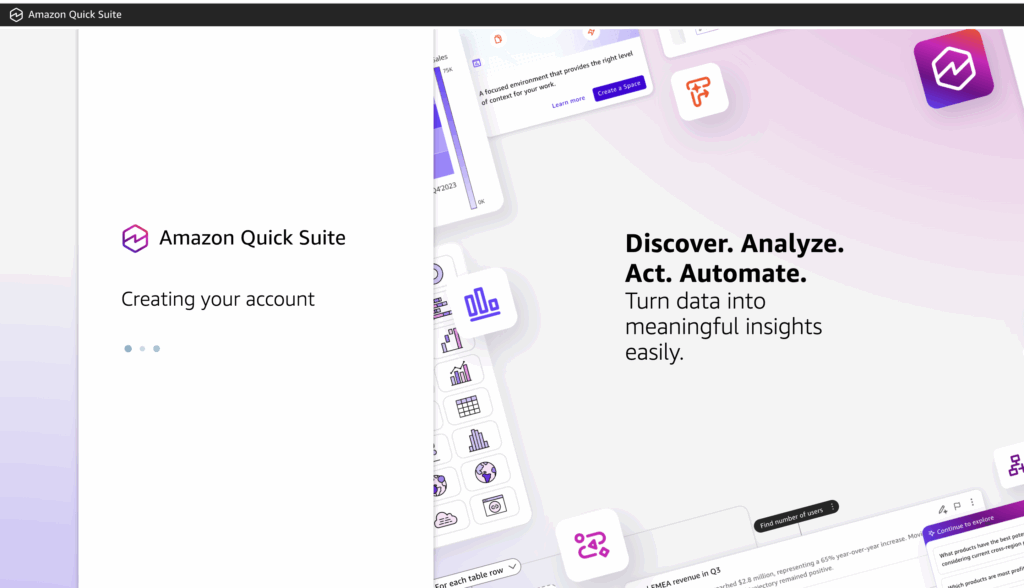Cloud computing has completely transformed the way businesses—especially startups—launch and scale. Gone are the days when you needed to spend months (and millions) acquiring servers, networking equipment, and data center space. Today, with just a few clicks, you can deploy production-grade infrastructure on Amazon Web Services (AWS), Microsoft Azure, or Google Cloud Platform (GCP)—paying only for what you use.
For startups, this is a game-changer. Cloud levels the playing field, giving small teams access to the same world-class infrastructure that powers global tech giants. But with hundreds of tools and services being released almost weekly, the question becomes: how do you start smart without getting overwhelmed?
Let’s break it down.
The Old Way: Virtual Machines and Heavy Lifting
When startups first step into the cloud, the instinct is often to spin up Virtual Machines (VMs)—or EC2 instances on AWS. This feels natural because it mirrors the traditional on-premises setup:
- Install the runtime (Python, Java, Ruby, Node.js, etc.)
- Configure dependencies and libraries
- Harden the server with firewall rules and security policies
- Attach storage for images, files, and application data
- Patch the operating system and apply updates regularly
This approach works, but it introduces challenges:
- Capital Expenses (CapEx):
- The upfront “time and money” cost of setting up infrastructure.
- Includes configuring runtimes, dependencies, and networks.
- Operational Expenses (OpEx):
- Ongoing costs of managing, monitoring, and patching systems.
- Includes handling security vulnerabilities, scaling for traffic spikes, and fixing broken updates.
At scale, these expenses slow you down and distract you from building your core product. Every new server is another liability.
The Smarter Way: Going Serverless
Here’s where things get exciting. Serverless computing flips the script by removing the need to manage servers entirely. Instead of provisioning and maintaining infrastructure, you focus purely on code and business logic.
What is Serverless?
Serverless isn’t about having “no servers.” It’s about not managing servers yourself. The cloud provider handles provisioning, scaling, patching, and availability. You simply deploy functions, APIs, and storage.
- Example: Instead of running an EC2 instance to host your API, you can deploy it to AWS Lambda behind API Gateway.
- Storage? Use S3 (object storage) with practically unlimited scalability instead of attaching disks to VMs.
- Database? Choose DynamoDB (AWS) or Firestore (GCP) for fully managed, auto-scaling data persistence.
Benefits of Serverless for Startups:
- Lower Cost: Pay per execution, not per server uptime.
- Faster Time-to-Market: Launch features without managing infrastructure.
- Infinite Scalability: Your app grows seamlessly as traffic spikes.
- Reduced Ops Overhead: No patching, no OS updates, no server headaches.
Practical Example: A File Upload Service
Imagine you’re building a photo-sharing app. Traditionally, you’d:
- Host the app on an EC2 VM.
- Store images on the server’s attached disk.
- Manage scaling, bandwidth, and patching.
With serverless architecture:
- Upload API runs on AWS Lambda + API Gateway.
- Files are stored directly into Amazon S3 (object storage).
- Thumbnails are generated asynchronously with another Lambda trigger.
- Security, patching, and scaling are automatically handled by AWS.
Result? Near-zero infrastructure management and the ability to scale from 10 users to 10 million without re-architecting.
How to Adopt Serverless as a Startup
Adopting serverless is both a technical shift and a mindset shift. It’s not just about using one or two serverless services—it’s about re-imagining how applications are designed.
Here’s a roadmap:
- Learn the Tools and Services
- AWS Lambda, S3, DynamoDB, Step Functions
- GCP Cloud Functions, Firestore, Pub/Sub
- Azure Functions, Cosmos DB, Event Grid
- Understand Serverless Architecture
- Event-driven design
- Microservices principles
- API-first development
- Build with DevOps Principles
- Automate CI/CD pipelines with GitHub Actions, GitLab CI, or Jenkins
- Use Infrastructure as Code (IaC) with Terraform, Pulumi, or AWS CDK
- Monitor with observability stacks (Grafana, Prometheus, Loki, etc.)
- Chart a Strategic Adoption Path
- Start with one component (e.g., API or file upload)
- Gradually refactor more services into serverless patterns
- Measure cost savings and performance improvements
Why Startups Should Care
Serverless empowers startups to move faster with fewer resources. Instead of spending weeks firefighting infrastructure, your team can:
- Deliver features to users faster
- Reduce costs while scaling globally
- Compete with larger players without the same overhead
In short, serverless helps you stay lean, agile, and competitive.
Final Thoughts
The cloud offers startups a world of opportunity—but the real magic happens when you embrace serverless architecture. By cutting down on CapEx and OpEx, serverless frees you to focus on what matters most: building products your customers love. Whether you’re a team of two or twenty, adopting serverless principles can supercharge your journey from idea to IPO.
Is your startup still spending time managing servers? Maybe it’s time to go serverless.








Hi Ewere, your treatise on ‘Supercharge Your Startup with Cloud Computing: A Practical Guide to Scaling Smarter, Faster, and Cheaper’ is the first among your articles i could understand well. Others are simply too technical. I need to upgrade myself. Earlier you said you will be having training later. Hopefully before the year runs to an end